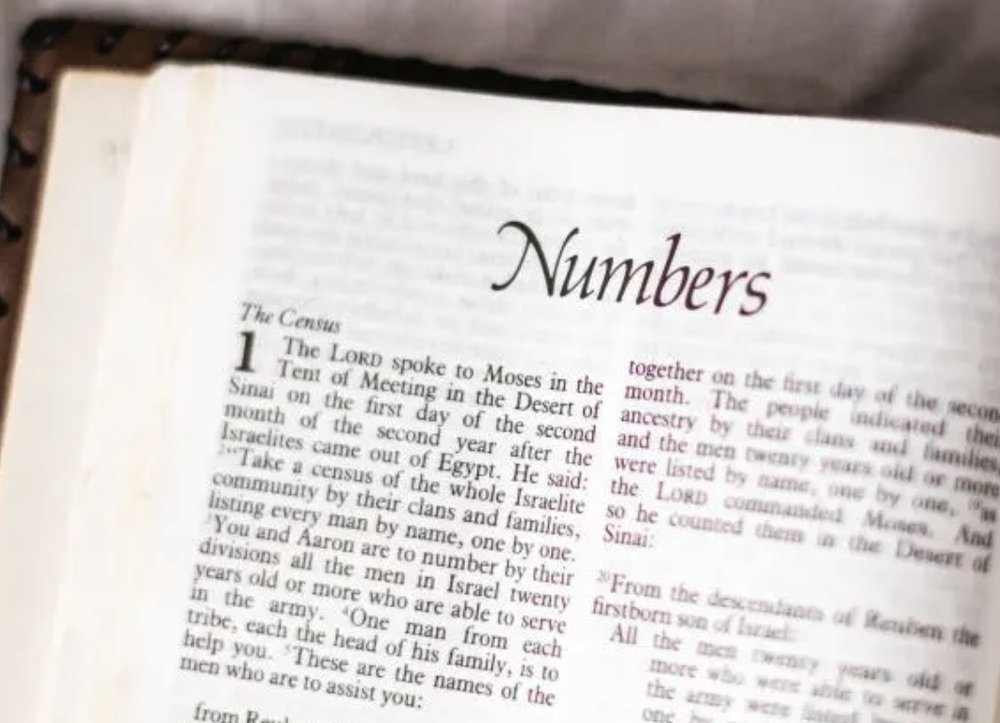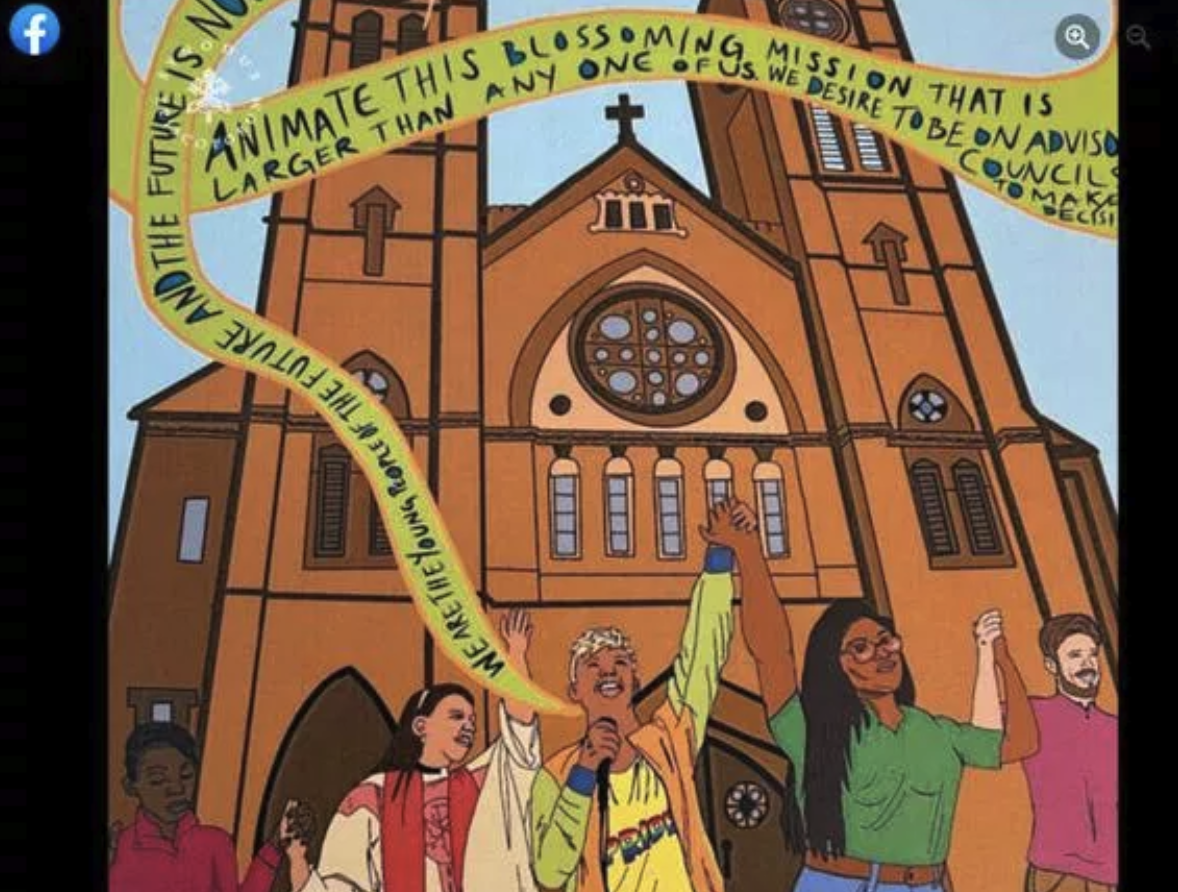Under normal circumstances, readers of The New York Times can click on a byline and learn more about the reporter behind a story.
At the moment, there is no URL embedded with the Times byline “Sarah Pulliam Bailey.”
However, faithful religion-news readers will recognize that byline after years of seeing it in The Washington Post (and several other familiar locations before that). Is this step one in a contributing writer role? Readers can only hope.
Now, what about the story under the byline? The double-decker headline is certainly dramatic and readers will discover, in this complicated feature, a story with some familiar church-state law overtones. How does one handle a Hindu-Temple-and-state reference in Associated Press Style? Oh, that headline:
A $96 Million Hindu Temple Opens Amid Accusations of Forced Labor
The temple in Robbinsville, N.J., about 15 years in the making, is believed to be the largest in the Western Hemisphere. But its construction has also been clouded in controversy.
This is a read-it-all story, for several reasons. It’s clear that this story is a door into more coverage of the legal and financial wrangling that are ahead.
Readers can see the essential DNA in this summary material near the top:
The recent opening of Akshardham Mahamandir in Robbinsville, N.J., was a historic moment for Hindus in New Jersey and beyond. The temple, about 15 years in the making, is believed to be the largest in the Western Hemisphere and is expected to draw religious pilgrims and tourists from all over the world.
It has also been clouded in controversy.
Federal law enforcement agents raided the temple construction site in 2021 after workers accused the builders, a prominent Hindu sect with ties to Prime Minister Narendra Modi of India and his ruling party, of forced labor, low wages and poor working conditions.










